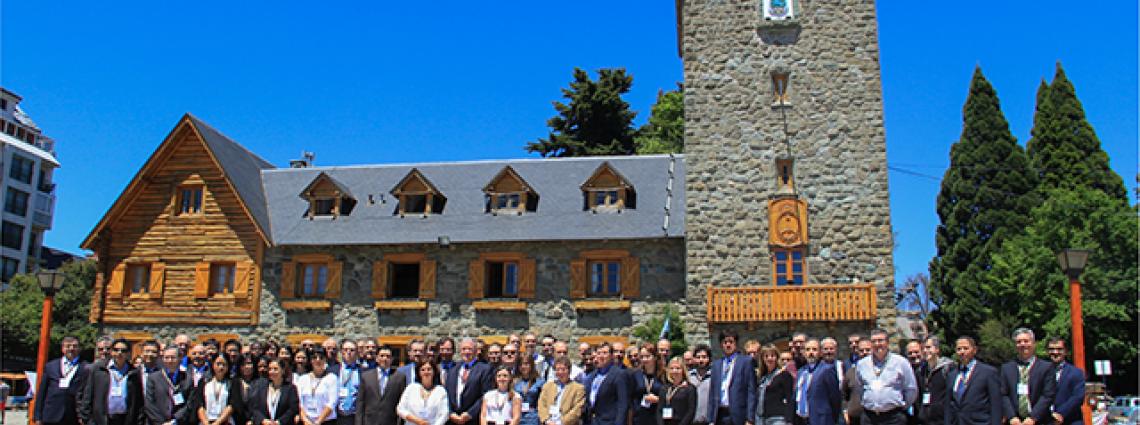Workshop on the Signatures of Man-Made Isotope Production (WOSMIP VI)
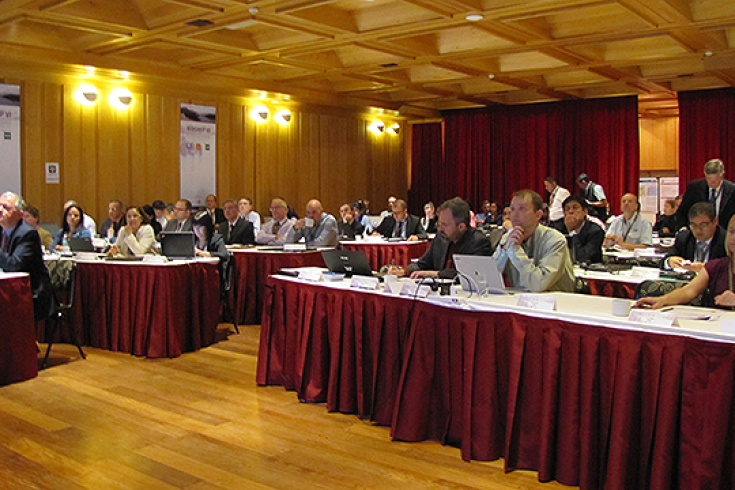
Plenary
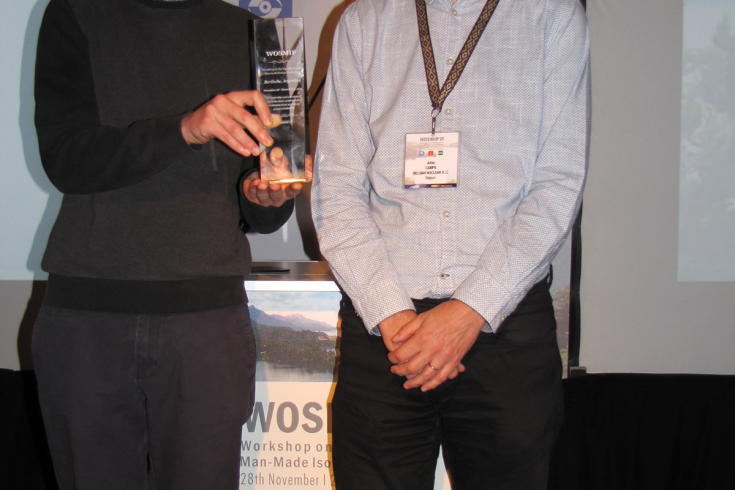
Wozzie Award winners Christophe Gueibe and Johan Camps
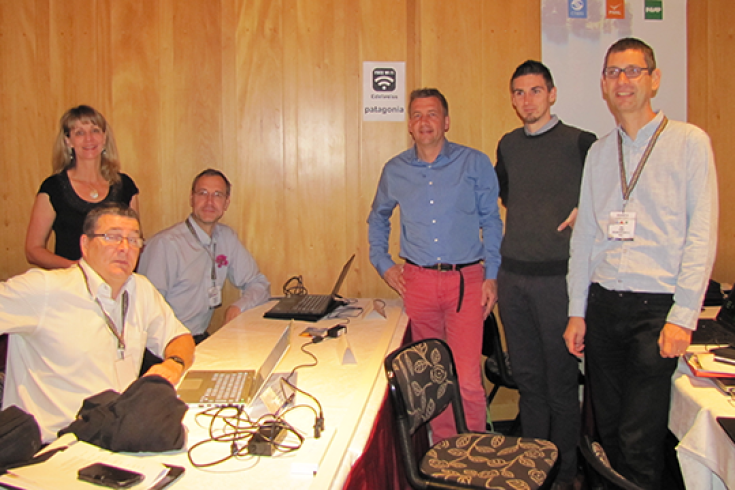
From left to right: Emmy Hoffmann (2015), Benoit Deconninck (2011), Richard de Caire (2012), Dominique Moyaux, Christophe Gueibe and Johan Camps (2016). In brackets are the years when these experts received the Wozzie Award.
This workshop was important to me because I gained a greater appreciation for the problems faced by the CTBT monitoring community as well as learning about potential solutions.
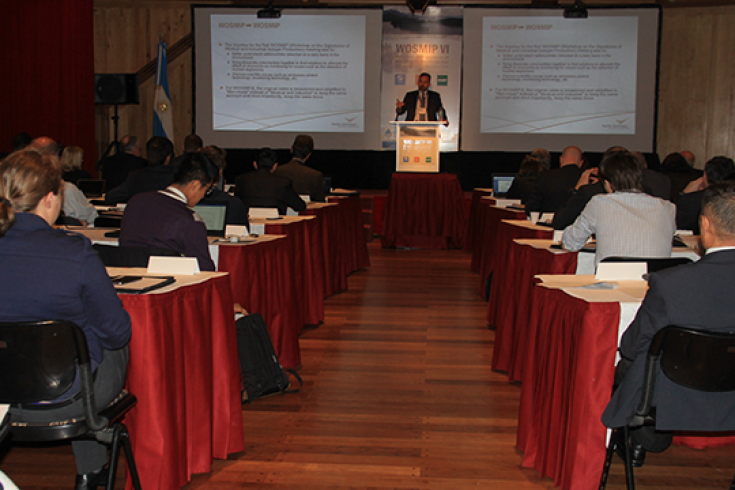
Ted Bowyer presenting
This workshop was important to me because sharing of expertise that helps me in my work.
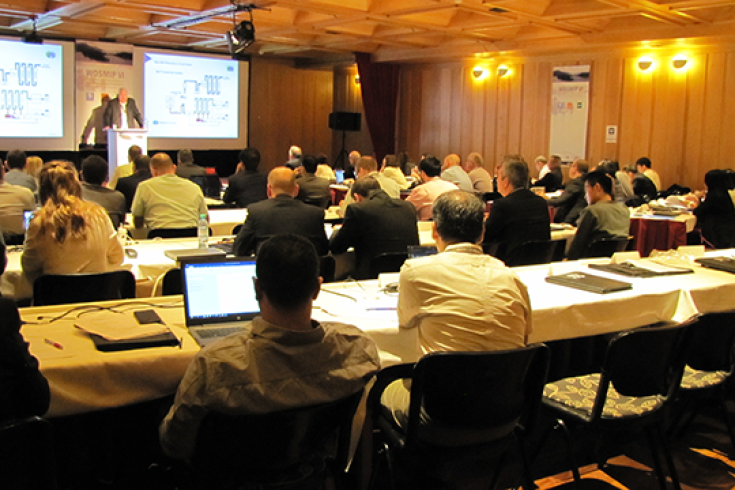
Roy Brown presenting
Winning the Wozzie Award reflects the continuous work we do to contribute to the WOSMIP’s objectives.
I’m very happy with the Wozzie award, it really motivates to continue our research to reduce Xenon emissions.
Watch CTBTO's short film on mitigating Xenon emissions.
15 Dec 2016
